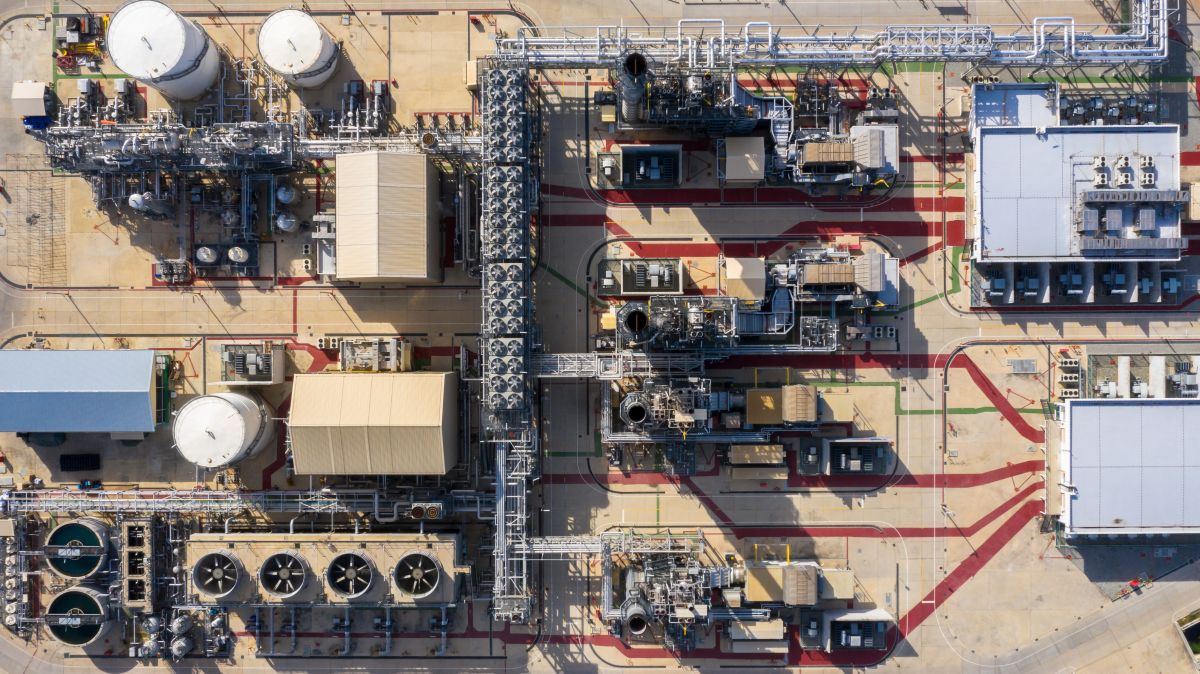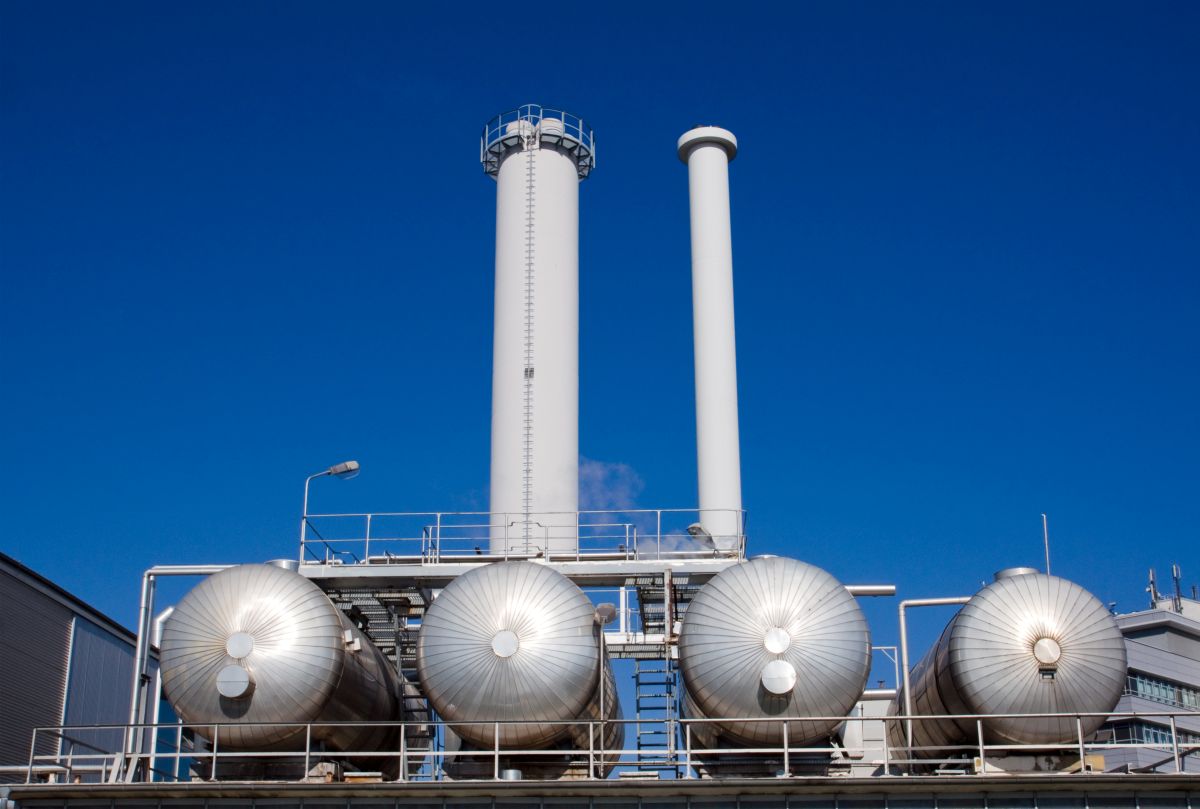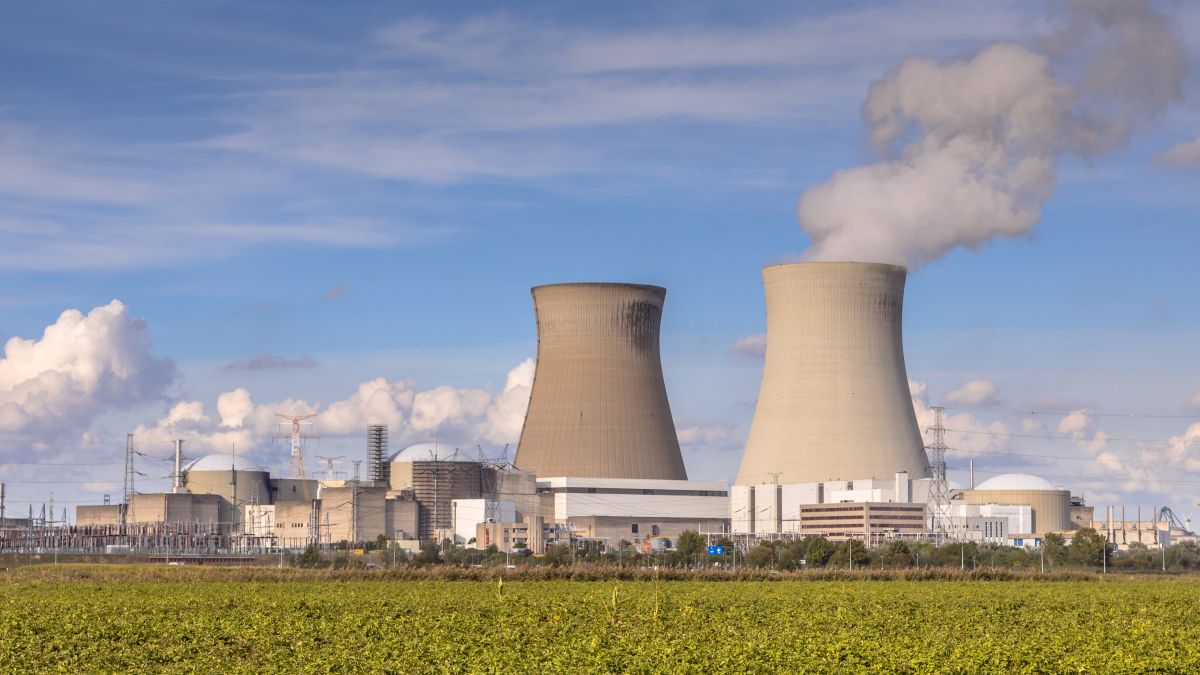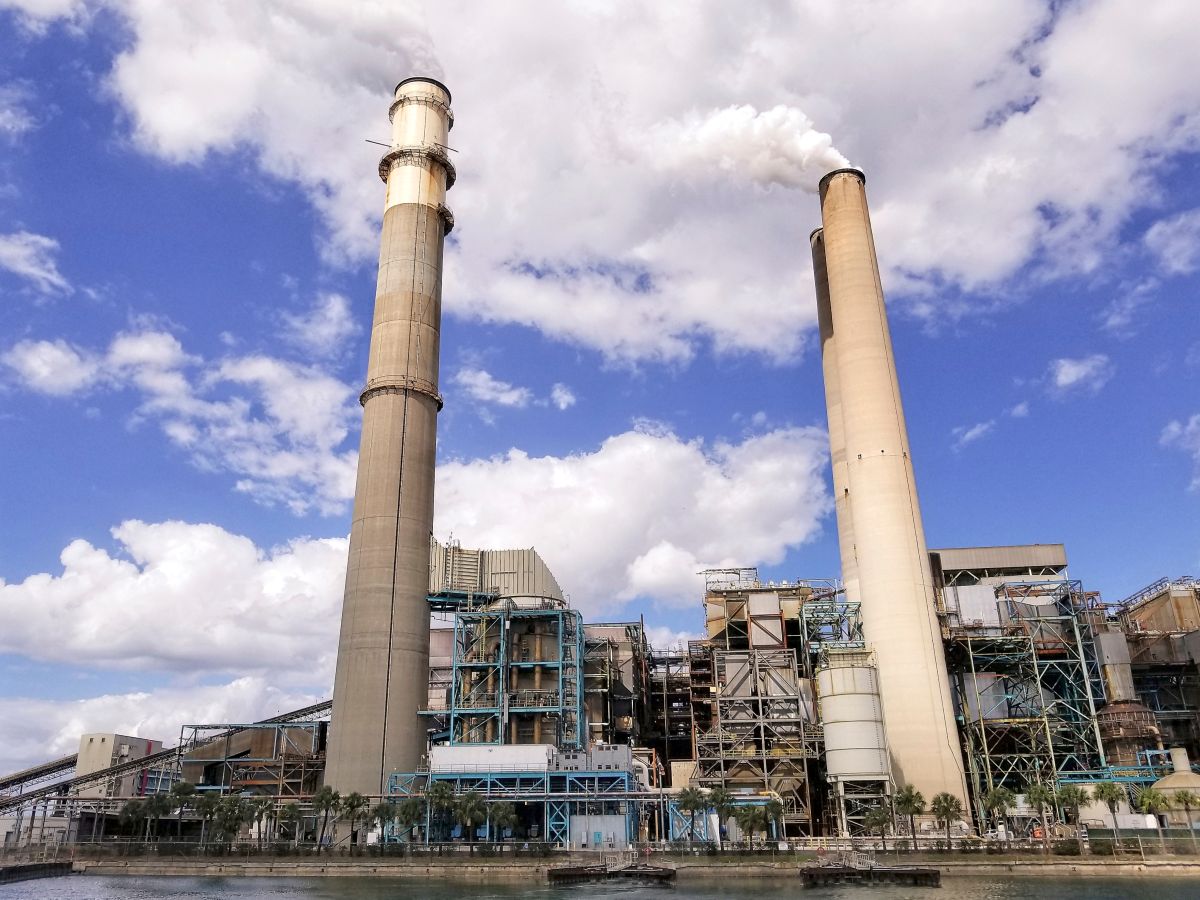WWW.POWER-ENG.COM
In what is quickly becoming a trend, the second Trump administration’s Department of Energy (DOE) has once again requested that a fossil-fuel plant remain open past its planned retirement date.
In an executive order signed on August 27, Energy Secretary Chris Wright reissued demands that the Eddystone Generating Station stay online for another 90 days.
The power plant, owned by Constellation Energy, is located near Philadelphia in Eddystone, PA. Units 3 and 4 each boast 380 megawatts (MW) of generation capacity via subcritical steam boiler-turbine generator units that can run on either natural gas or oil, depending on market conditions.
The Eddystone Units were initially scheduled for retirement on May 31, 2025. The day before, however, in an emergency order, the DOE directed PJM and Constellation to ensure specified generation units at Eddystone “remain available for operation, minimizing the risk of generation shortfall that could lead to unnecessary power outages.”
The Eddystone Units will now remain in operation until November 26, 2025.
In the latest order, Secretary Wright argues that the emergency conditions that prompted the previous order haven’t improved, and likely won’t for the foreseeable future.
“This could lead to the potential loss of power to homes and local businesses in the areas that may be affected by curtailments or outages, presenting a risk to public health and safety,” wrote Wright. “Given the responsibility of PJM to identify and dispatch generation necessary to meet load requirements, I have determined that, under the conditions specified below, continued additional dispatch of the Eddystone Units is necessary to best meet the emergency and serve the public interest under FPA section 202(c).”
According to U.S. Environmental Protection Agency data, the Eddystone Units generated over 17,000 megawatt-hours (MWh) during the month of June. Over a period of hot weather from June 23-26, Unit 3 ran for a total of 65 hours, and Unit 4 ran for a total of 59 hours. During a similar stretch from July 28 to July 30, Unit 3 ran for 39 hours and Unit 4 ran for eight hours. PJM has issued Hot Weather Alerts and/or Maximum Generation Alerts (EEA 1) covering a total of 20 days so far this summer, including days in June, July, and August.
Citing indicates that there is a potential longer-term resource adequacy emergency in the PJM region. In its news release expressing support for Order No. 202-25-4, PJM explained that it has “repeatedly documented and voiced its concerns over the growing risk of a supply and demand imbalance driven by the confluence of generator retirements and demand growth. Such an imbalance could have serious ramifications for reliability and affordability for consumers.”
Last week, the DOE extended a similar emergency order that would keep the J.H. Campbell coal-fired plant in operation until November 19, 2025, due to concerns about reliability in the Midcontinent Independent System Operator (MISO) region. J.H. Campbell is a three-unit, 1,560 MW coal-fired plant in West Olive, Michigan. Its first unit came online in 1962. Eight utility commissions, along with several environmental groups, challenged DOE’s initial emergency order. Consumers Energy had planned to close the plant by May 31 of this year as part of a transition to cleaner energy, but the DOE intervened just days before, saying the plant must remain open at least until August 21.
“The summer season has not yet ended, and the production of electricity from the Campbell Plant will continue to be a critical asset to maintain reliability in MISO this summer,” reads the DOE extension order. “That need is evidenced by the fact that the Campbell Plant was called on by MISO to generate large amounts of electricity during the heat wave that hit MISO this past June.”
The U.S. Energy Information Administration (EIA) says more than half of planned coal capacity retirements – roughly 58% – are located in the Midwest and Mid-Atlantic regions. In total, the operating capacity of U.S. coal-fired power plants is scheduled to fall from 172 gigawatts (GW) in May 2025 to 145 GW by the end of 2028, according to what owners and operators have told EIA.
Recent mandates by the DOE to override aging fossil-fired plant retirements could cost ratepayers $3 billion annually, according to a recent analysis by Grid Strategies.
President Trump has long promised to boost what he calls “beautiful” coal to fire power plants and for other uses, but the industry has been in decline for decades.
“I call it beautiful, clean coal. I told my people, never use the word coal unless you put beautiful, clean before it,” Trump said at a White House signing ceremony earlier this year.












